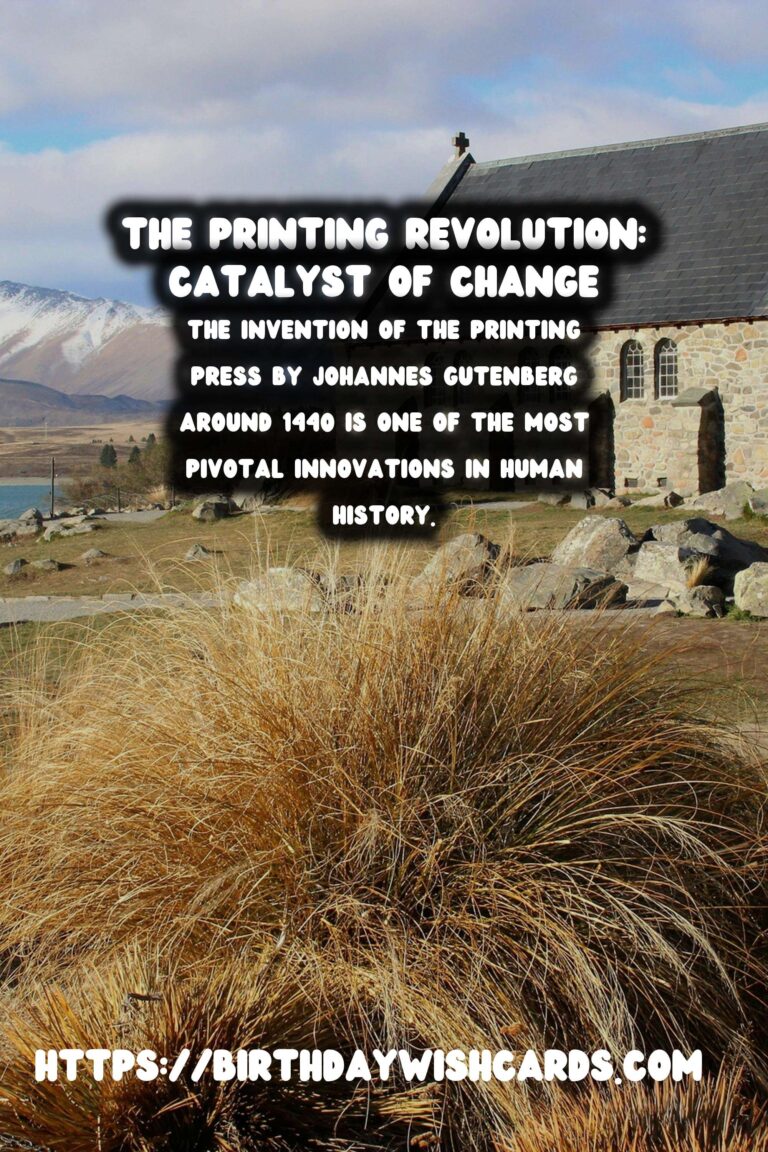
The invention of the printing press by Johannes Gutenberg around 1440 is one of the most pivotal innovations in human history. It not only revolutionized the way information was disseminated but also played a crucial role in significant historical movements, including the Reformation. This article delves into how printing became a catalyst for transformation during the Reformation period.
The Birth of the Printing Press
Before the advent of the printing press, books were painstakingly copied by hand, a labor-intensive process that limited access to information. The invention of the movable-type printing press simplified and expedited the production of books and manuscripts, allowing for wider dissemination of knowledge. Gutenberg’s press is often credited with breaking the monopoly of the elite on education and learning.
The Spread of Ideas: A Bedrock for Reformation
The Reformation was a religious movement in the 16th century that led to the creation of Protestantism. At its core, the Reformation was about questioning the practices and authority of the Roman Catholic Church. The printing press became an indispensable tool in this movement, allowing reformers to spread their ideas rapidly and widely.
Martin Luther and His Ninety-Five Theses
Martin Luther, a German theologian, is one of the key figures associated with the Reformation. On October 31, 1517, he nailed his Ninety-Five Theses to the door of the Wittenberg Castle Church, challenging the Catholic Church’s practices, particularly the sale of indulgences. Thanks to the printing press, Luther’s theses were quickly reproduced and disseminated across Europe, igniting widespread debate and awareness.
Printing as a Tool of Empowerment
The power of the printing press lay in its ability to democratize knowledge. Previously, the Church controlled the transcription and distribution of texts, but printing allowed reformers to bypass this control. Texts could be translated into vernacular languages, enabling common people to access scriptures and theological arguments, which had previously been the reserve of the educated clergy.
Impact on Literacy and Education
The Reformation’s reliance on printed material also improved literacy rates. With scriptures available in the vernacular, there was increased motivation for people to learn to read. This cultural shift had a lasting impact on education and literacy across Europe, laying the groundwork for the Enlightenment period.
Influence Beyond Religion
While the immediate impact of printing during the Reformation was religious, its influence extended to other areas of society. It facilitated the rise of the modern scientific era by enabling researchers to share their discoveries widely, contributing to scientific progress. The press also encouraged the growth of public discourse, leading to the evolution of more participatory political systems.
Conclusion
The role of the printing press in the Reformation is a testament to how technology can act as a catalyst for societal change. By making knowledge more accessible, it not only challenged the status quo but also empowered individuals to question and learn for themselves, laying the groundwork for the world as we know it today. As we reflect on this transformative period, we can appreciate the profound impact that information technology can have on society.
The invention of the printing press by Johannes Gutenberg around 1440 is one of the most pivotal innovations in human history. The role of the printing press in the Reformation is a testament to how technology can act as a catalyst for societal change. 
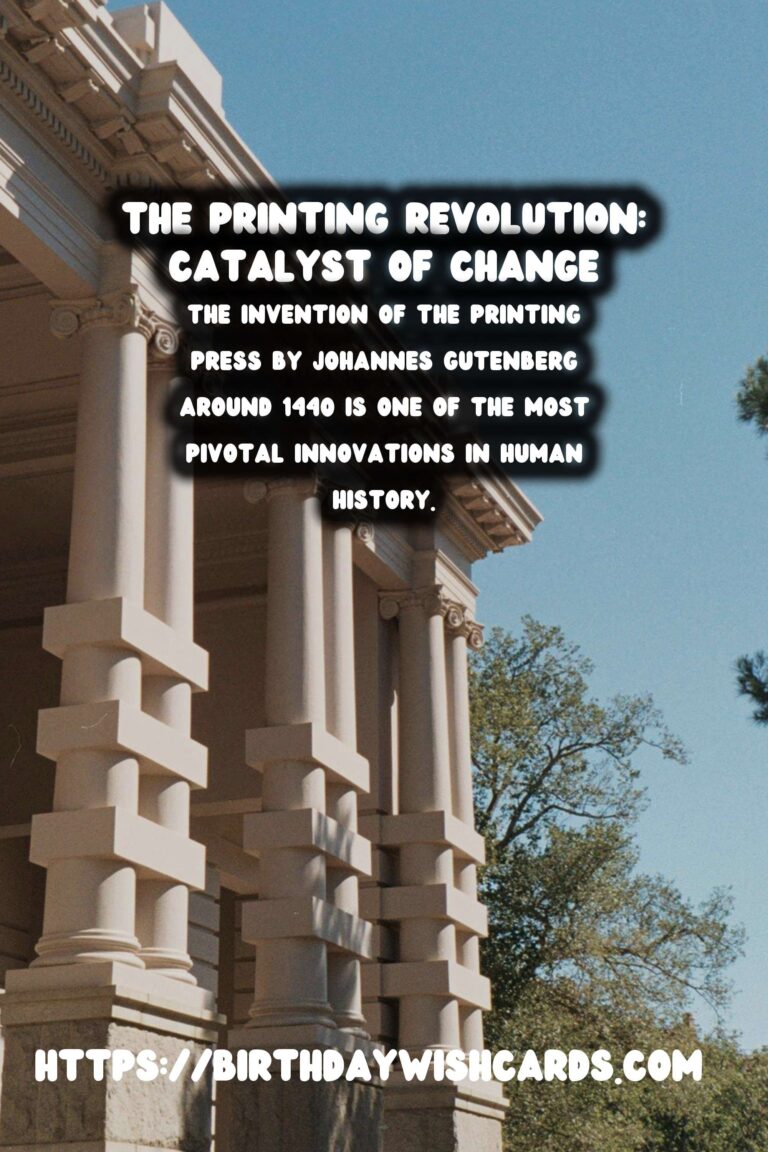
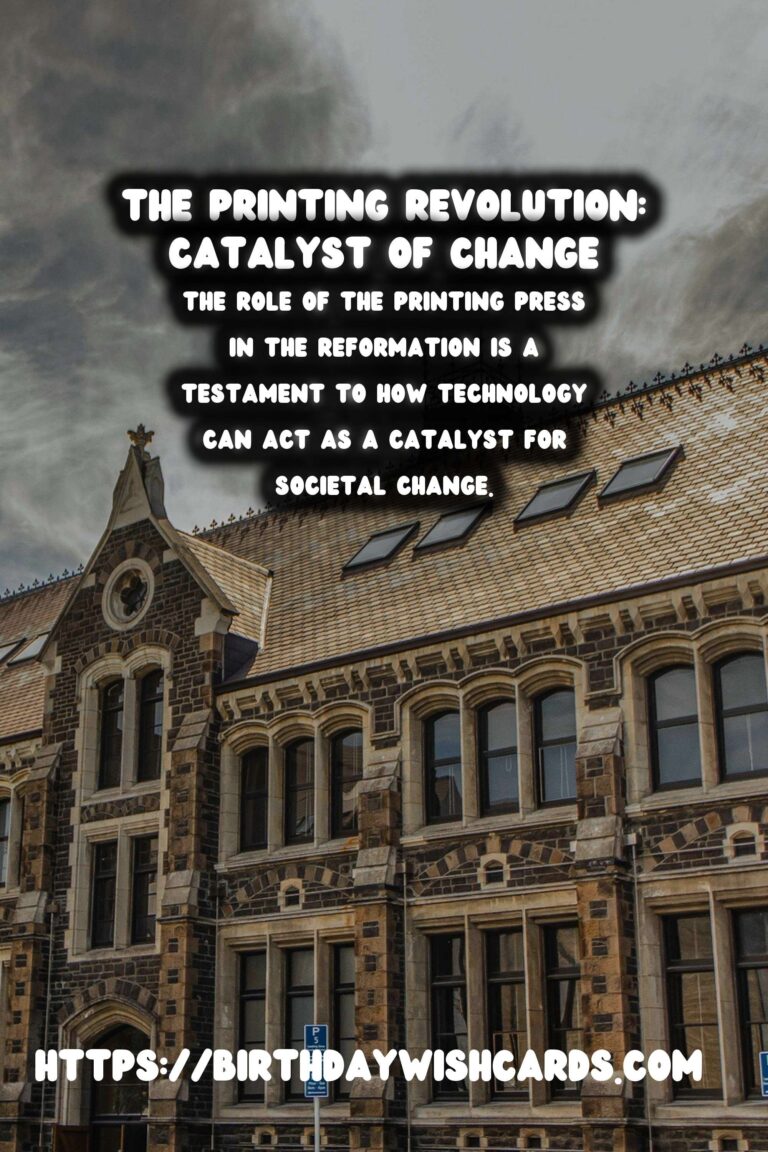

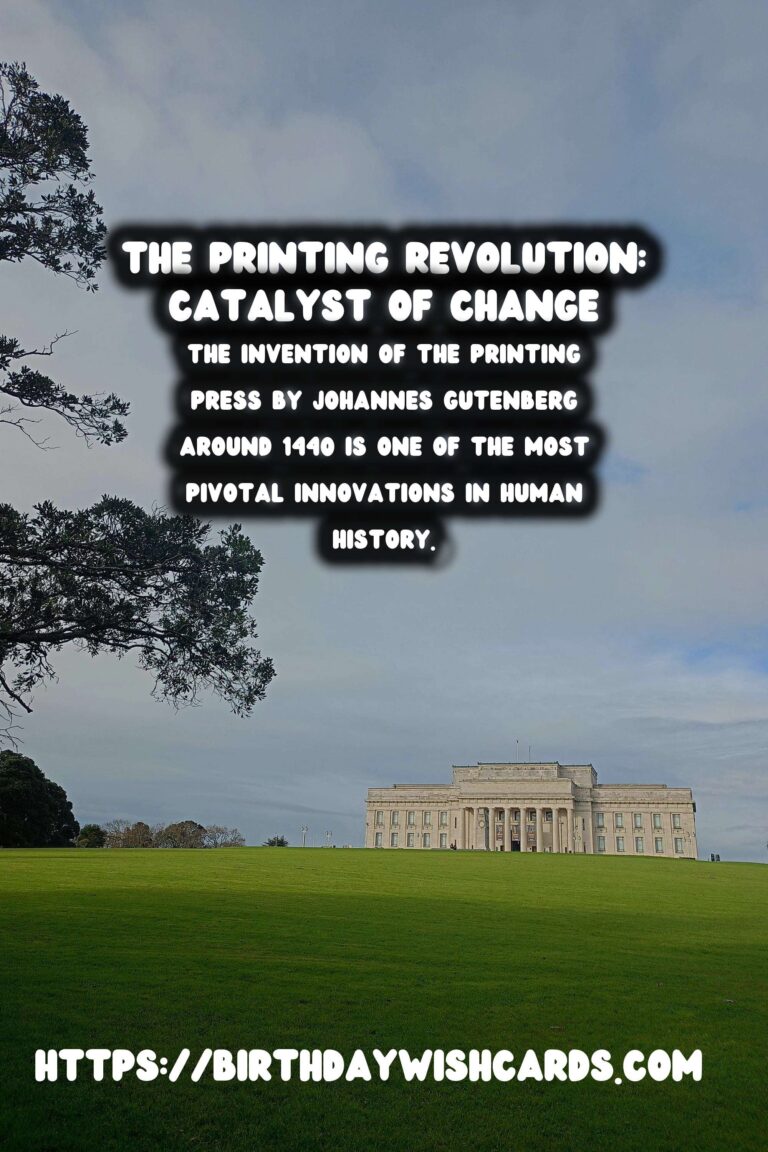
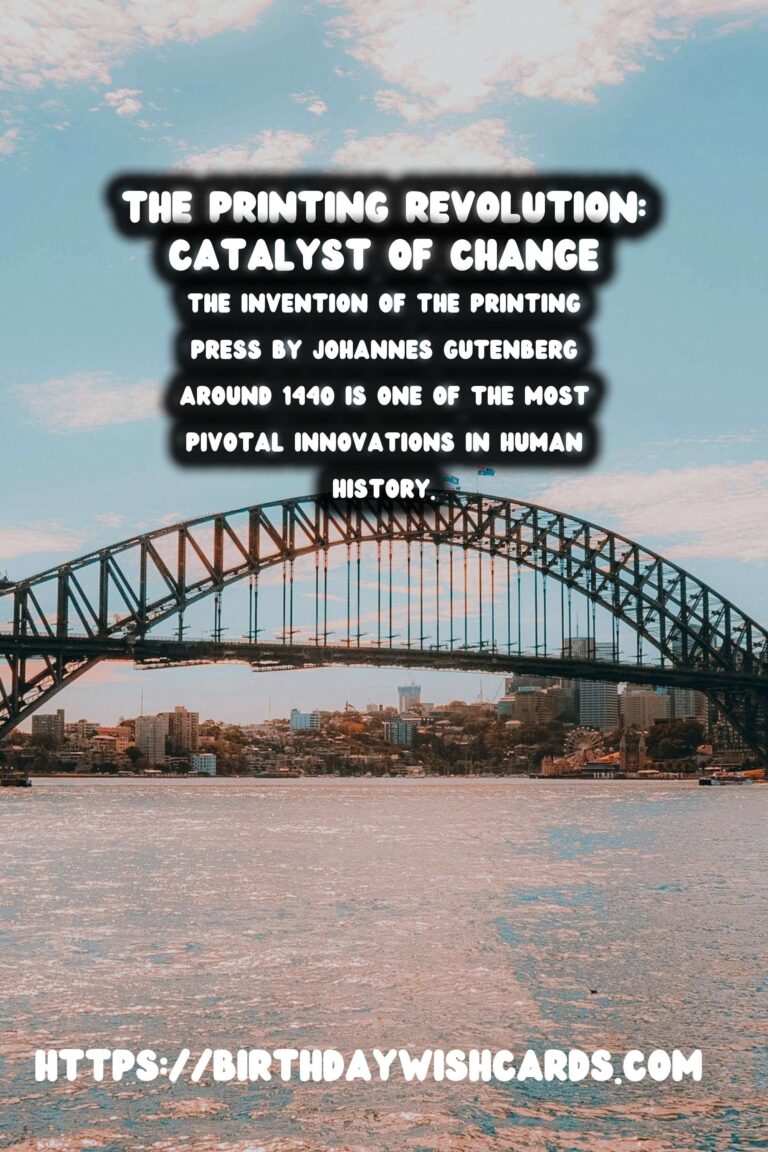

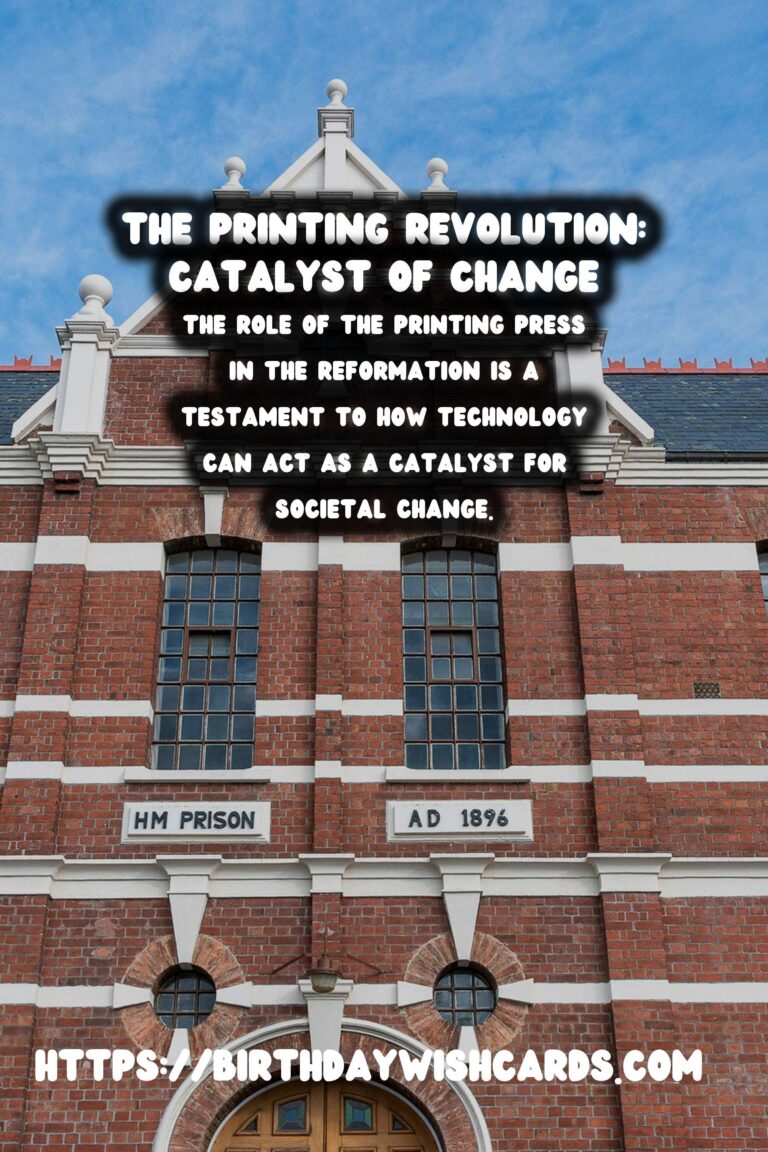
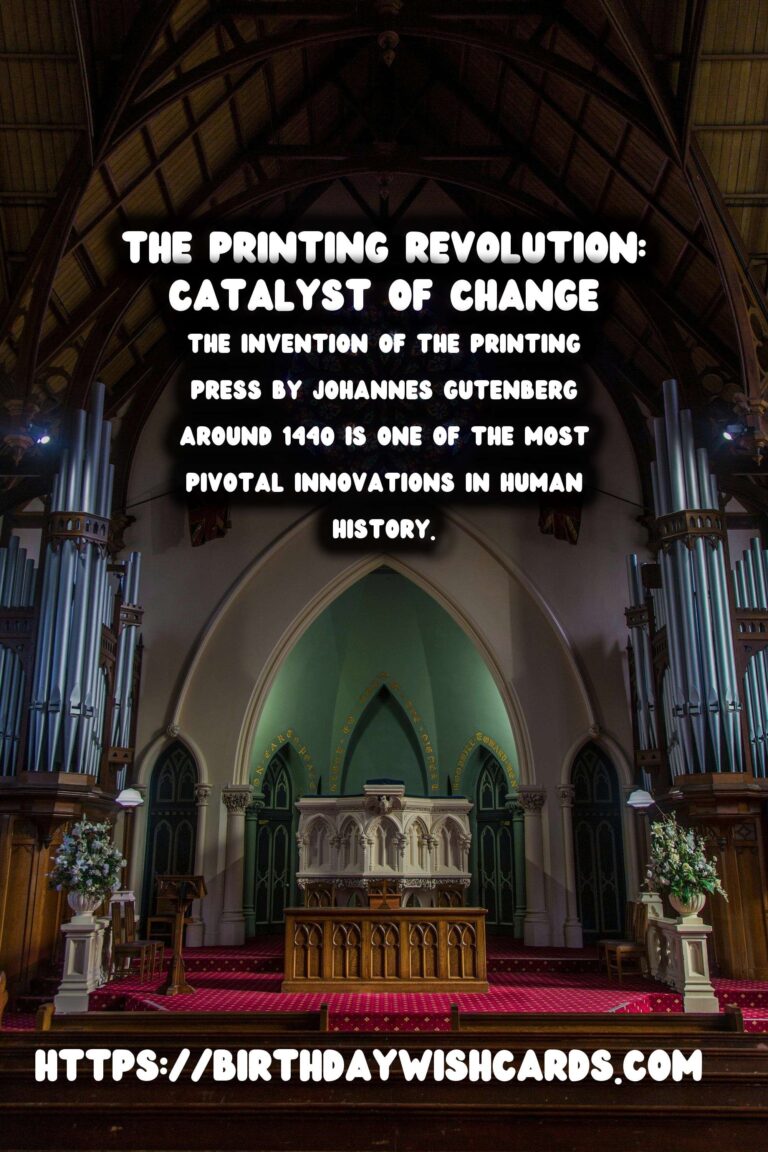
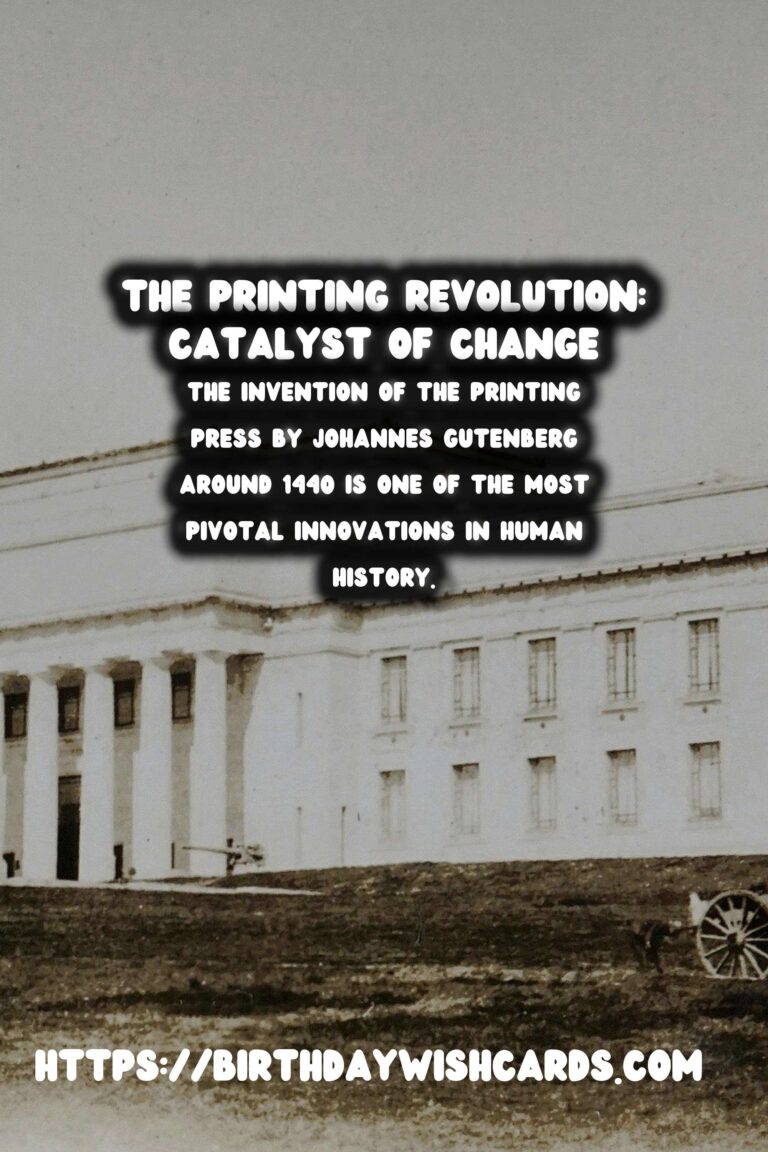
#Reformation #PrintingPress




